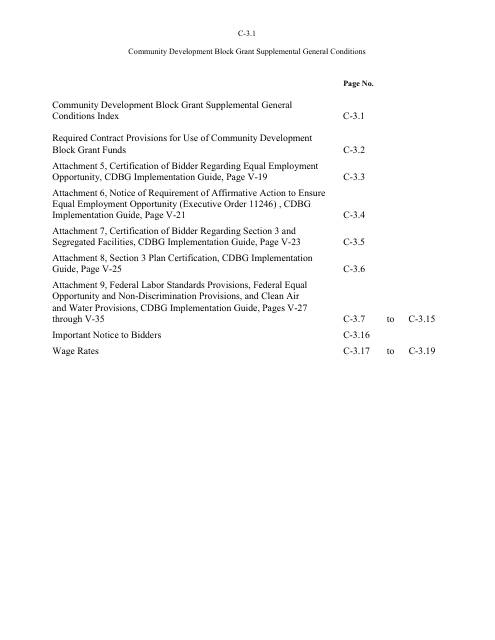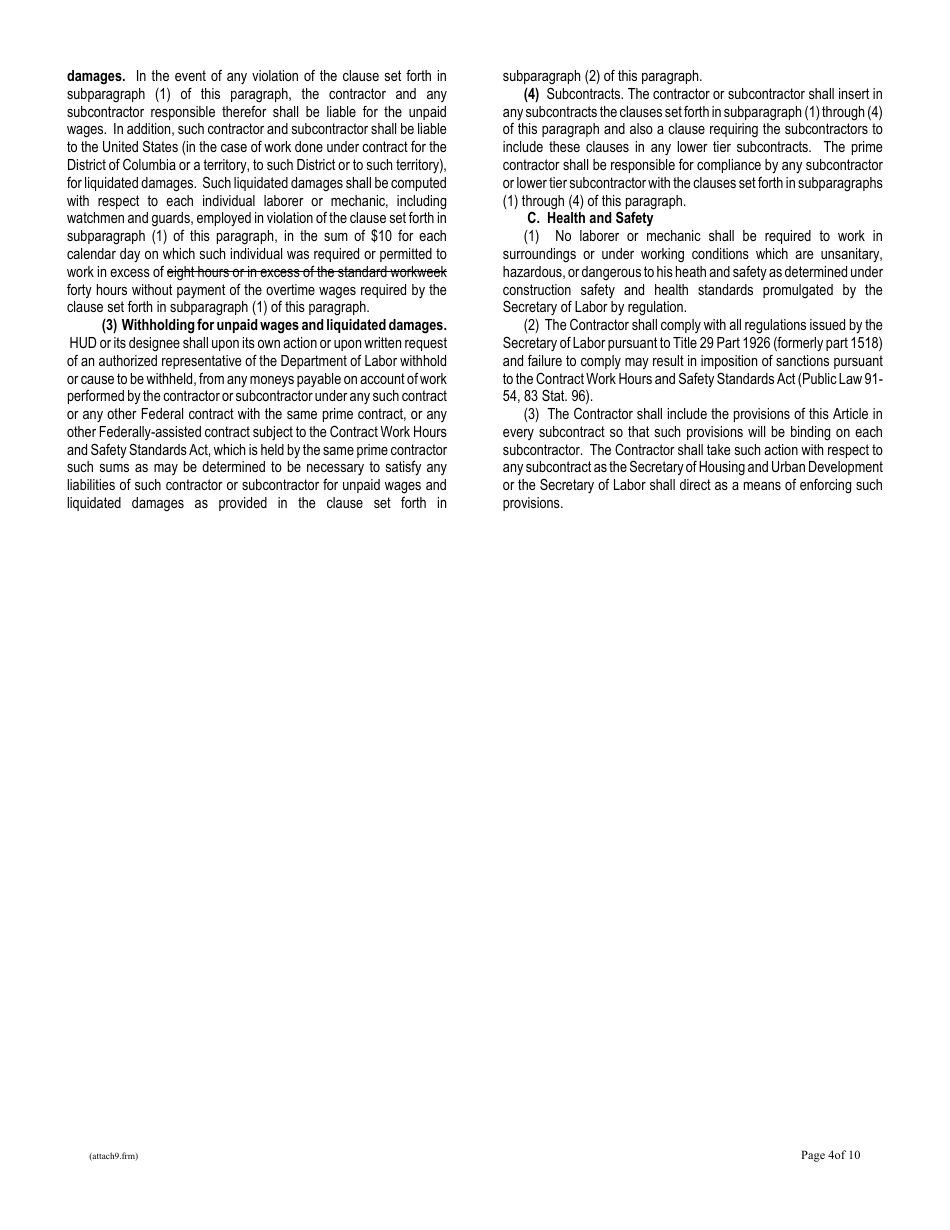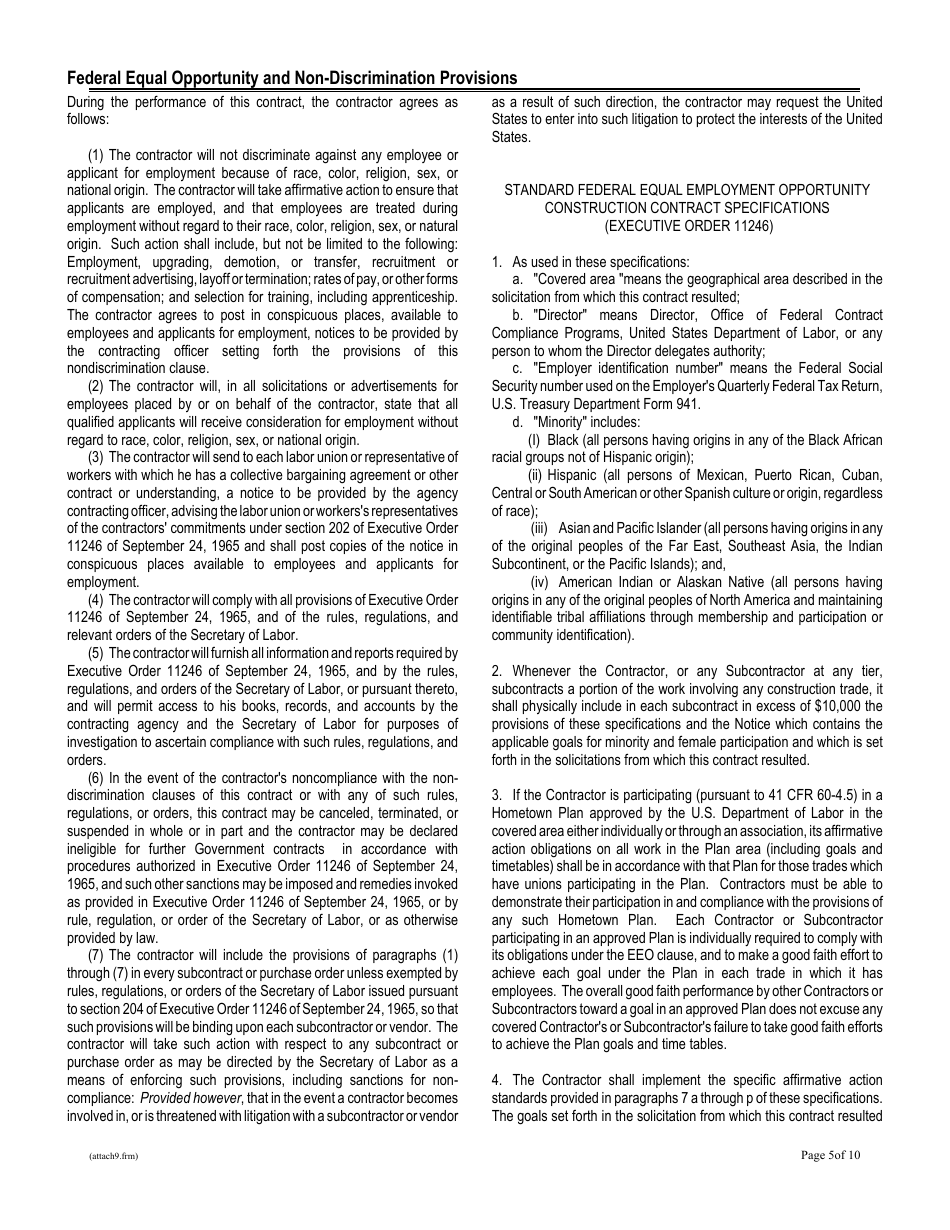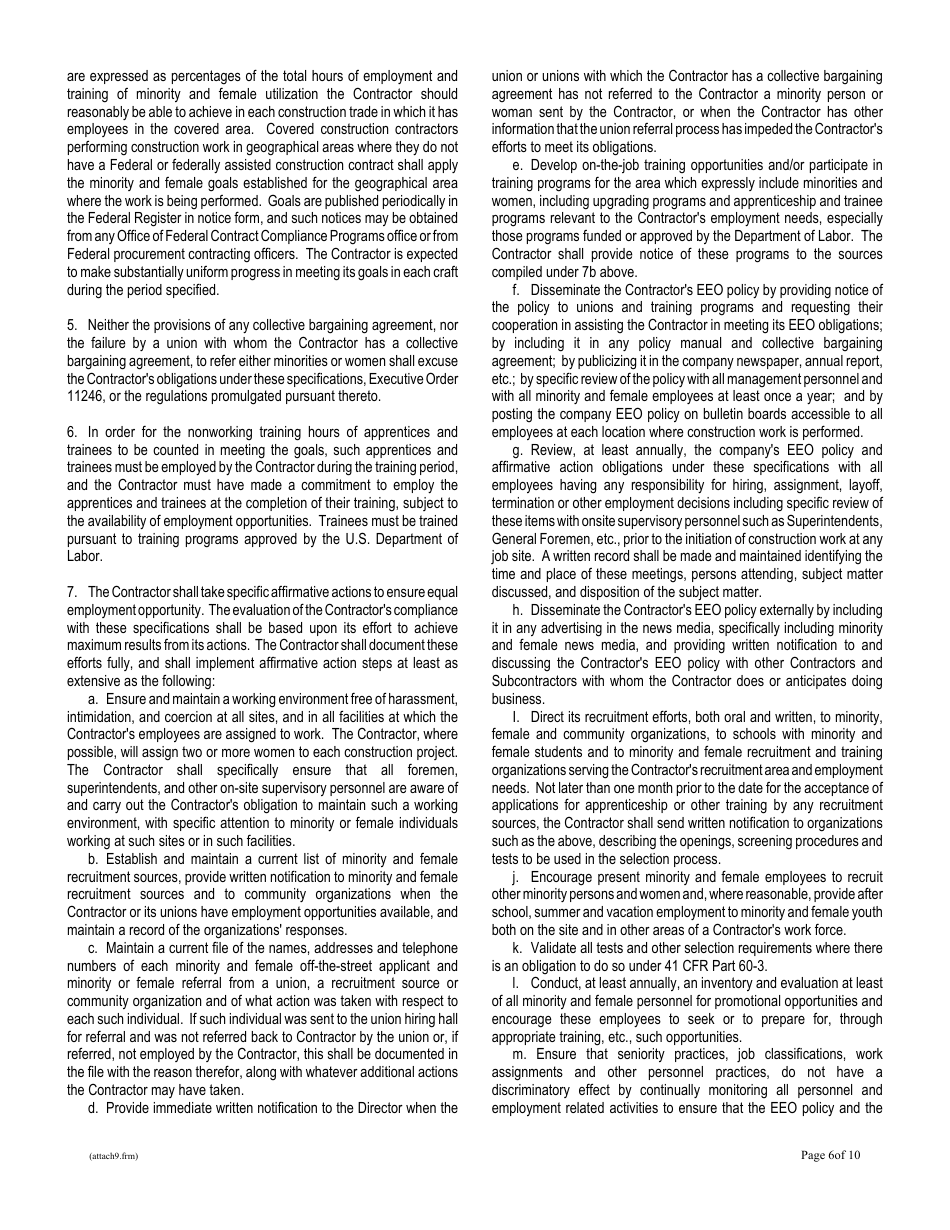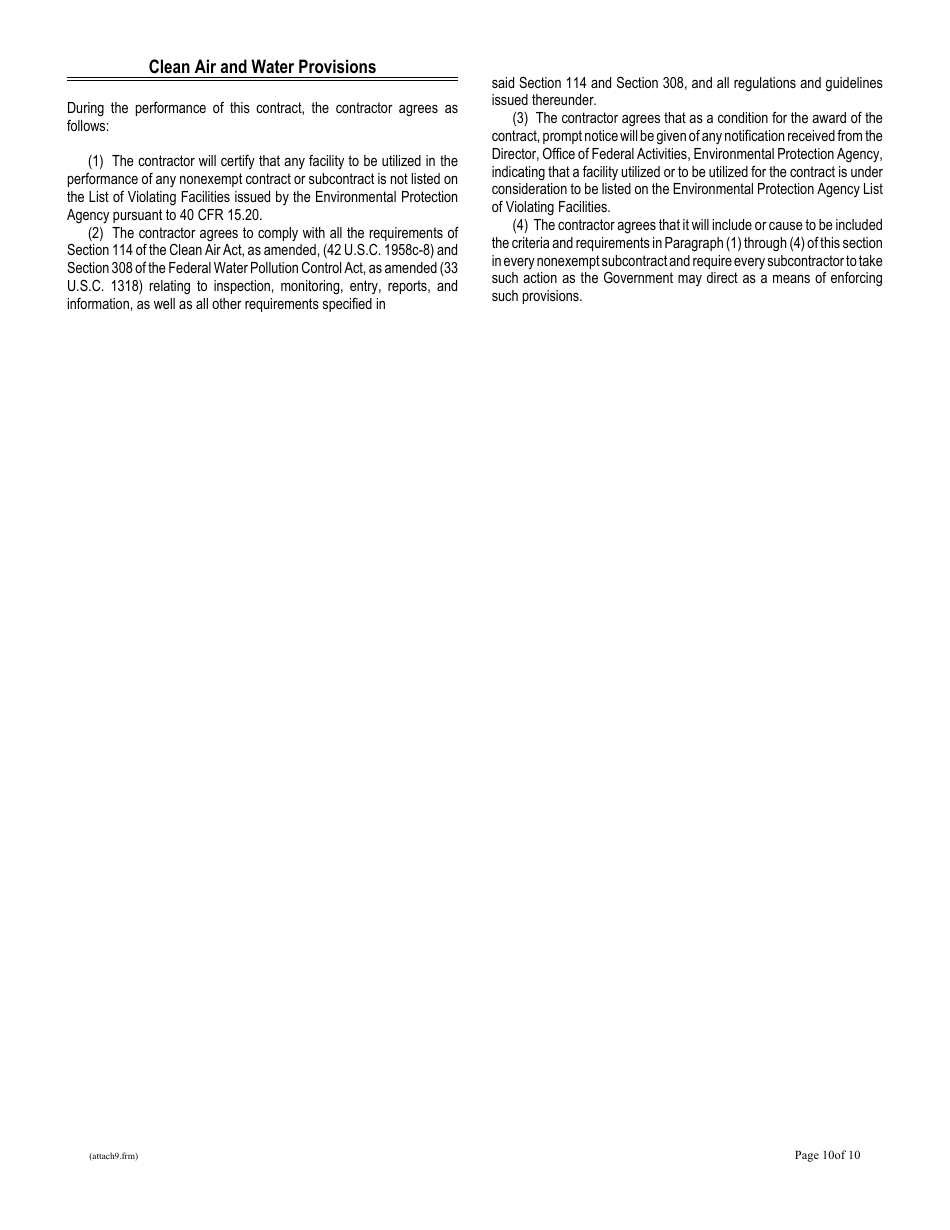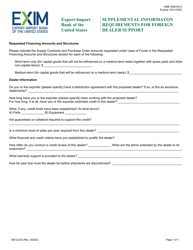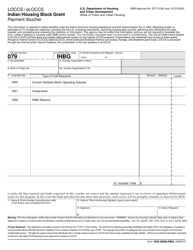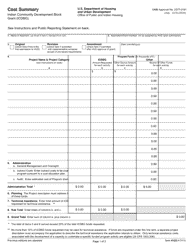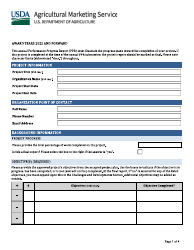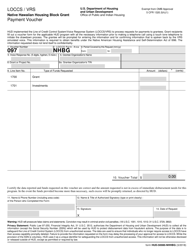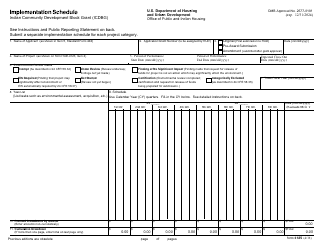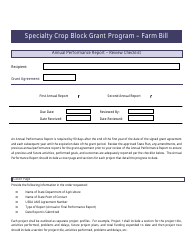Community Development Block Grant Supplemental General Conditions - New Hampshire
Community Development Block Grant Supplemental General Conditions is a legal document that was released by the New Hampshire Department of Environmental Services - a government authority operating within New Hampshire.
FAQ
Q: What is the Community Development Block Grant (CDBG) Supplemental General Conditions?
A: The CDBG Supplemental General Conditions are a set of regulations and requirements that apply to projects funded by the Community Development Block Grant program in New Hampshire.
Q: What is the purpose of the CDBG program?
A: The CDBG program aims to support community development activities, promote affordable housing, and expand economic opportunities for low and moderate-income individuals and communities.
Q: What is the role of the CDBG Supplemental General Conditions?
A: The Supplemental General Conditions outline the specific rules and procedures that must be followed by recipients of CDBG funds in New Hampshire, ensuring compliance with federal regulations.
Q: Who is eligible for CDBG funding in New Hampshire?
A: Eligible recipients of CDBG funds in New Hampshire include local governments, nonprofits, and Indian tribes that meet the program's criteria and have an approved community development plan.
Q: What types of projects can be funded through CDBG?
A: CDBG funds can be used for a variety of community development projects, including affordable housing initiatives, infrastructure improvements, public facilities, and economic development activities.
Q: What are some examples of CDBG-funded projects in New Hampshire?
A: Examples of CDBG-funded projects in New Hampshire include the rehabilitation of affordable housing units, the construction of community centers, and the expansion of small businesses.
Q: What are the reporting requirements for CDBG recipients?
A: CDBG recipients are required to submit regular reports on the progress and outcomes of their projects, including financial statements and documentation of how the funds were used.
Form Details:
- The latest edition currently provided by the New Hampshire Department of Environmental Services;
- Ready to use and print;
- Easy to customize;
- Compatible with most PDF-viewing applications;
- Fill out the form in our online filing application.
Download a printable version of the form by clicking the link below or browse more documents and templates provided by the New Hampshire Department of Environmental Services.
